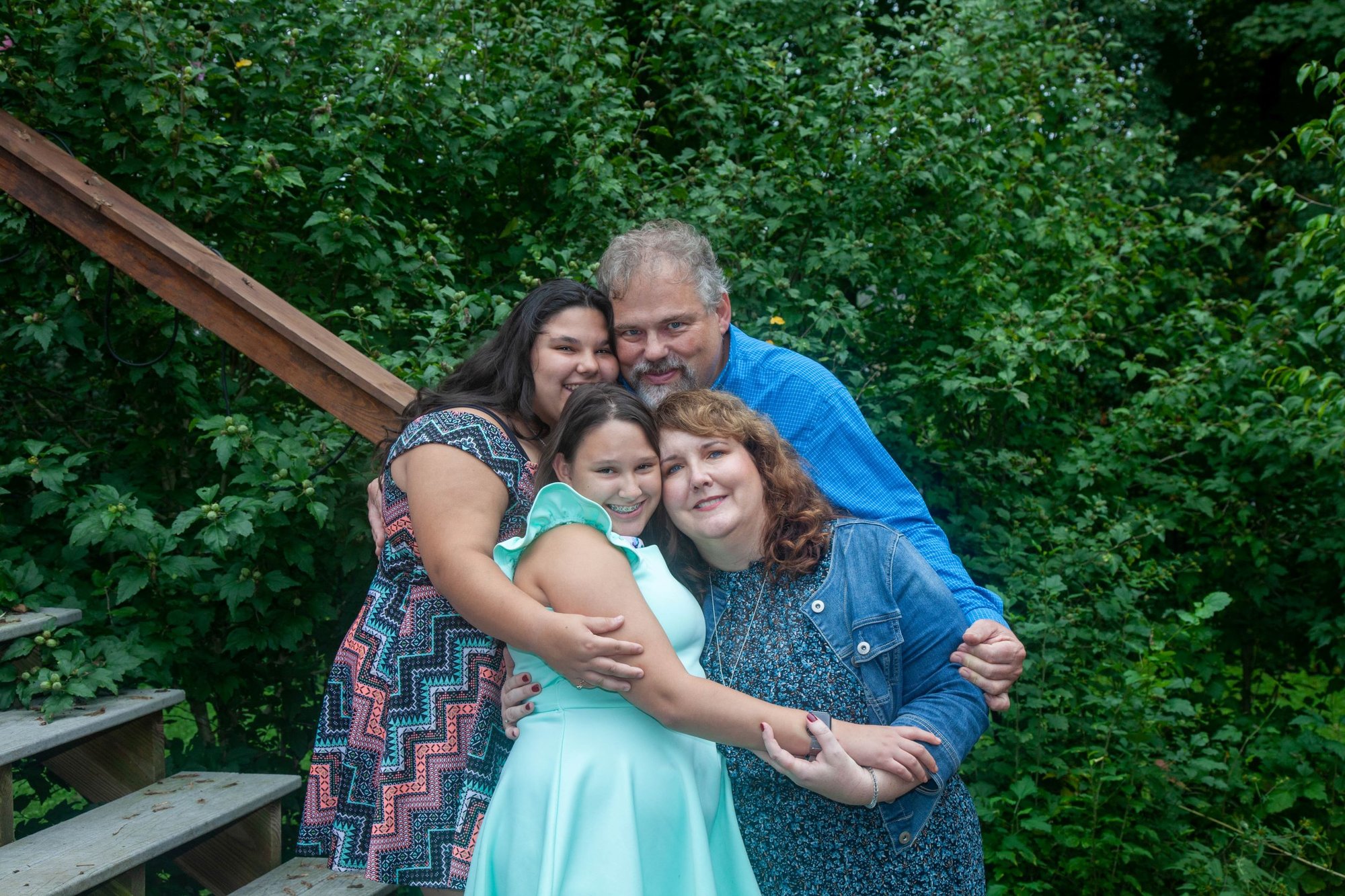Why We Exist
Learn more about our Mission
About
Massachusetts Adoption Resource Exchange
We build connections for youth in foster care with permanent and adoptive families.
We exist especially to create life-changing connections for the children and teens who wait the longest in Massachusetts foster care without permanent families, including children of color, teens and young adults, sibling groups, those with disabilities, and LGBTQ+ youth. To this end, we equip and support families to provide stability, healing, and belonging
Every child deserves a home. All of our services are designed to bridge the gap for kids in foster care to safe, permanent families.
-resized.jpg?width=500&name=family-submitted-Gidwaney-1%20(2)-resized.jpg)
8,160
Children and teens in Massachusetts foster care
3,177
Youth with a goal of adoption
1,160
Youth still waiting for an adoptive home
WHY ADOPTION MATTERS
Youth in foster care face incredible obstacles. The Jim Casey Youth Opportunities Initiative1 reports that youth who are adopted from foster care are:
-
50% more likely to attend college
-
50% less likely to be arrested
-
47% less likely to become homeless
-
24% less likely to be unemployed
-
23% more likely to graduate from high school
WITHOUT A PERMANENT FAMILY...
Youth in foster care are vulnerable to poverty, homelessness, criminal justice system involvement, poor health, unplanned pregnancy, and other life altering events:
-
82% of male youth have been arrested; 59% of female youth arrested
-
71% of young women experience unplanned pregnancies by 21 years of age
-
74% report foregoing medical care due to cost
-
68% of young women receive food stamps, 9 times that of their peers
-
40% are homeless at some point

EVERY CHILD
DESERVES A HOME
We exist to bridge the gap between a beleaguered foster care system and the right of every young person to the permanency and unconditional love of family. For sixty-five years, we’ve been bridging that gap – especially for the kids most likely to be left behind or ignored. Today, that gap is greatest for youth of color, sibling groups, teens, LGBTQ+ youth, and those with disabilities.
